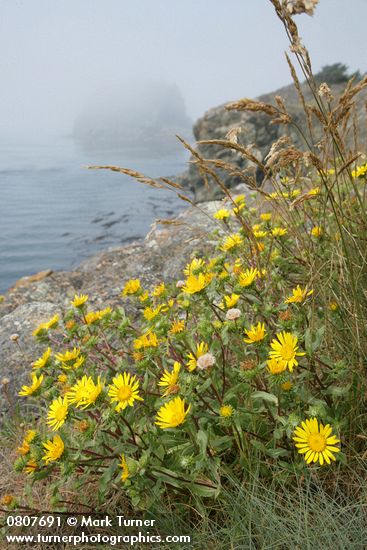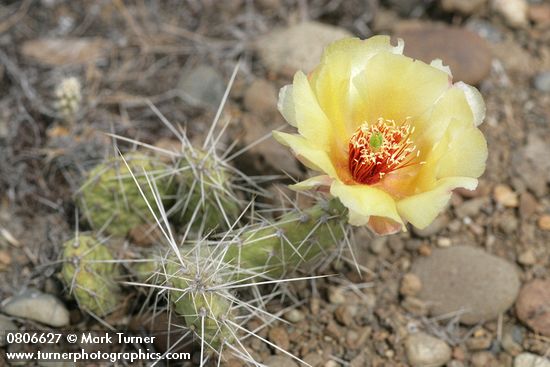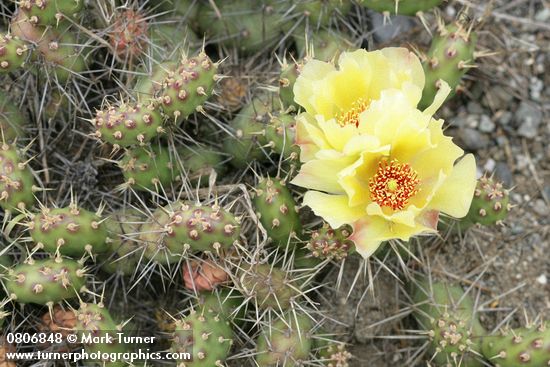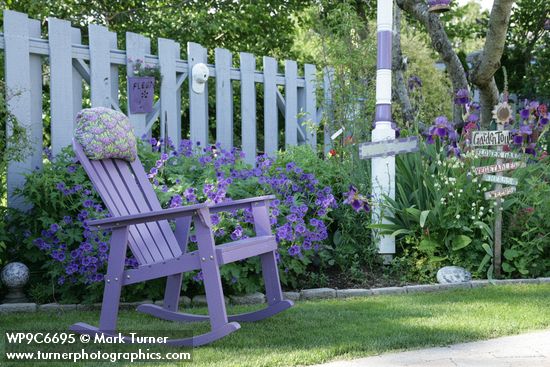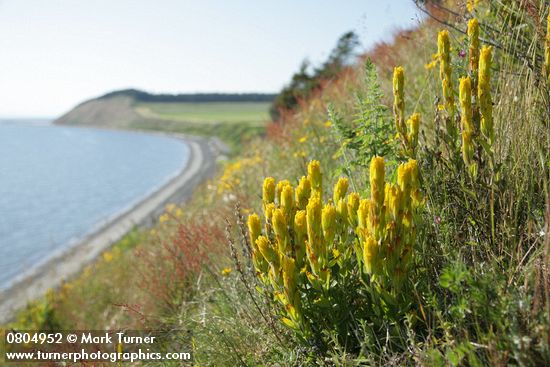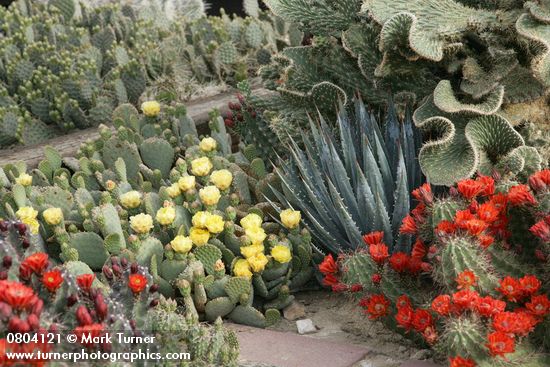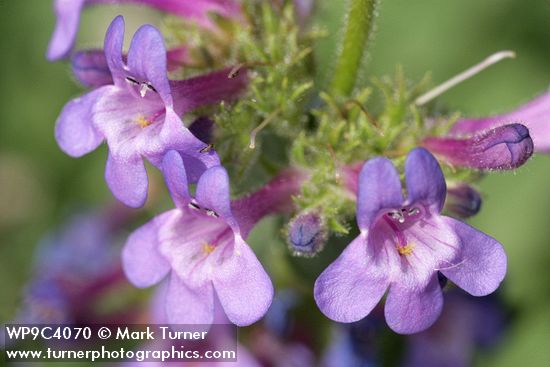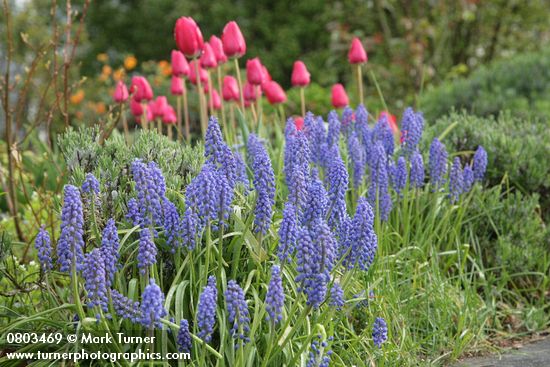Oregon Cascades
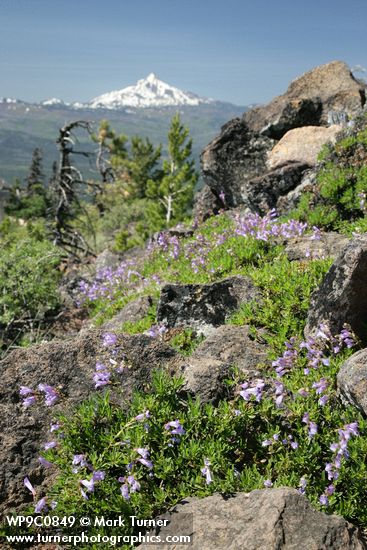 I spent the last week, from July 7 to 14, photographing gardens in Bend, Oregon and wildflowers in the Western Cascades. It was a very productive 8 days with repeat visits to some gardens I’d photographed last August and several new gardens that I’d been told about since then. On the days I was shooting gardens I started work at 5:30 am to take advantage of the soft early morning light before the sun rose above the trees. I took a mid-day break for breakfast and scouting locations, and then worked from about 5:30 pm until nearly dark. After returning to the place I was staying I had to copy all the day’s work over to my computer and back it up, so I didn’t get to bed until after 11 pm most days. That made for very long work days.
I spent the last week, from July 7 to 14, photographing gardens in Bend, Oregon and wildflowers in the Western Cascades. It was a very productive 8 days with repeat visits to some gardens I’d photographed last August and several new gardens that I’d been told about since then. On the days I was shooting gardens I started work at 5:30 am to take advantage of the soft early morning light before the sun rose above the trees. I took a mid-day break for breakfast and scouting locations, and then worked from about 5:30 pm until nearly dark. After returning to the place I was staying I had to copy all the day’s work over to my computer and back it up, so I didn’t get to bed until after 11 pm most days. That made for very long work days.
On Thursday I didn’t have more gardens to scout so I drove west to Black Butte and hiked to the top to see what was blooming. The photo here was made from the summit, with Penstemon davidsonii (Davidson’s Penstemon) nestled among the volcanic rocks and Mount Jefferson in the background. The view from the top of the butte is spectacular, with the three Sisters, Mt. Washington, Mt. Jefferson, Mt. Hood, and Mt. Adams all visible on a clear day. I photographed a number of wildflowers on the 4-mile hike, including two species that were new to me. One is a regional endemic, Penstemon peckii, that was fairly common along the trail. The other is a member of the nightshade family that I spied while sitting down to key out a lupine. I’d never heard of Leucophysalis nana, Dwarf Chamaesaracha, but recognized the flower as being characteristic of nightshades and was able to key it out under the former name Chamaesaracha nana. I’ve seen and photographed a lot of flowers so it’s always exciting to find something new.
Over the weekend I participated in the Native Plant Society of Oregon annual meeting in Eugene. We visited the native plant nursery at Mount Pisgah Arboretum on Friday afternoon, botanized on the trail to Moon Point on Saturday, and on Patterson Mountain on Sunday. Monday I stopped for a full day of hiking and photography on Iron Mountain.
It’s going to take several days of office work to get everything captioned and uploaded so people can see the images. But that’s going to have to wait as I prepare to head east to Christina Lake, BC for another garden shoot on Friday.


